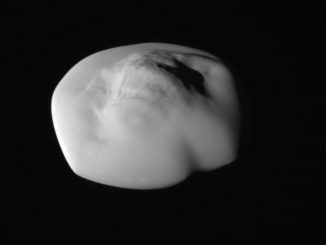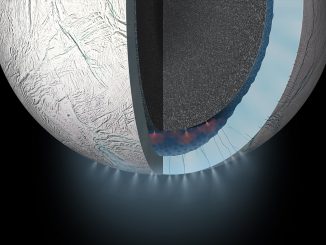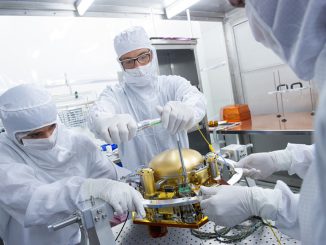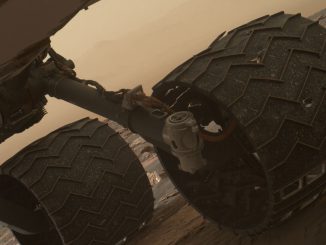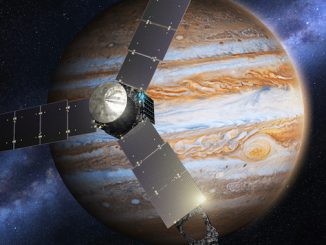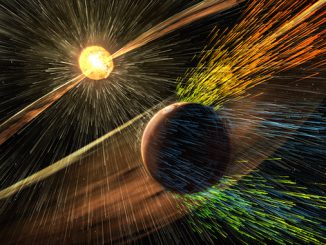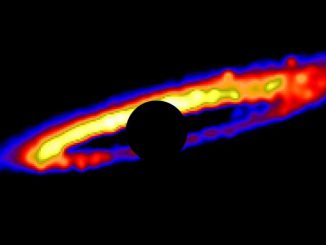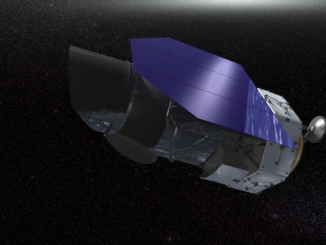
With an eye on growing cost, NASA aims for 2025 launch of next ‘great observatory’
NASA managers say the WFIRST mission, the next in the agency’s line of powerful observatories after the Hubble and James Webb telescopes, could cost around $3.2 billion after budgeting for a novel first-of-its-kind instrument to probe the make-up of planets around nearby stars and a bigger-than-expected launch vehicle.

